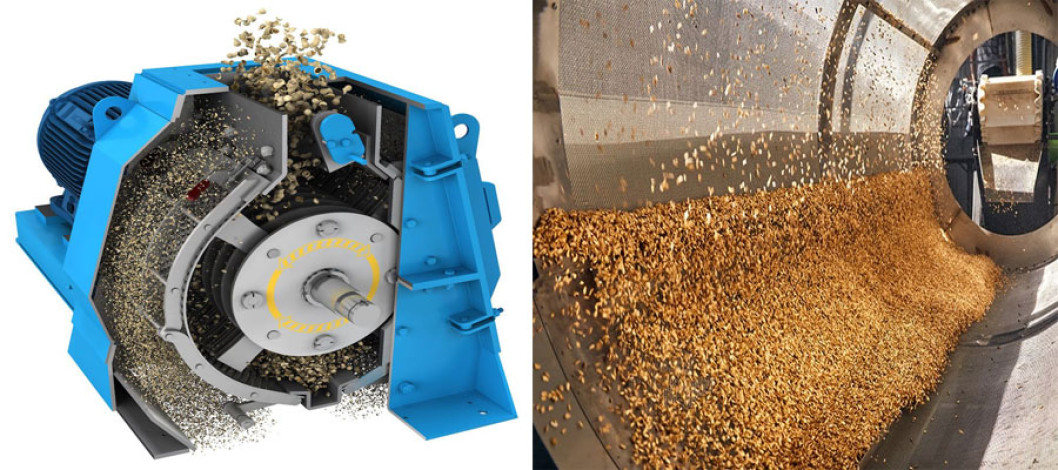
File photo
Grain-Milling Technology Today
As of 2025, grain-milling technology has evolved into a highly sophisticated, automated, and efficient process that emphasizes engineering advancements, food safety, and quality control. Modern mills predominantly use roller milling systems, which have replaced older stone mills for better precision and yield. These systems incorporate advanced sorting technologies, progressing from basic optical scanners to color cameras and now infrared scanning, allowing for better detection and removal of damaged grains or contaminants. Automation is widespread, with integrated controls for processes like cleaning, grinding, sieving, and packaging, reducing human error and labor costs.
The global market reflects this maturity: the flour-milling industry is valued at around $14.9 billion in the U.S. alone, with a concentrated structure dominated by large producers. Broader grain-milling products are projected to grow positively through 2033, driven by demand for processed foods. Grain mills overall are worth about $1.5 billion globally, with a 7% CAGR expected to 2033. Equipment like flour-milling machines is seeing a 5.3% CAGR to 2030, while grain-mill grinders are on track to reach $1.7 billion by 2035 at 4.6% CAGR. In terms of production, U.S. flour milling showed modest gains in early 2025, with wheat crops delivering solid milling quality (e.g., 75.8% extraction average) despite minor regional issues. Global cereal utilization is up 0.8% for 2025/26, supporting steady milling activity.
Key features include mechanized cleaning, sensor-based grading, and hybrid drying systems, all aimed at maintaining hygiene and nutritional value while handling diverse grains like wheat, rice, and corn. Sustainability is already a focus, with some mills adopting energy-efficient designs.
Grain-Milling Technology Tomorrow
Looking ahead, grain-milling technology is poised for transformation through digitalization, sustainability, and advanced automation. Smart milling systems will integrate AI and machine learning for real-time quality control, predictive maintenance, and optimization, potentially revolutionizing efficiency and reducing waste. For instance, AI could analyze grain properties instantly to adjust milling parameters, ensuring consistent output.
Energy efficiency will improve with new roller mill designs, cutting consumption by up to 30%, alongside renewable energy-assisted drying and precision milling tech. Modular and compact systems are expected to proliferate, allowing flexible, space-efficient setups ideal for urban or smaller operations. 3D printing and additive manufacturing will enable custom equipment design with complex geometries, speeding up innovation in components like sieves or grinders.
Sustainability trends include eco-friendly practices, such as water recycling and reduced emissions, driven by global regulations and consumer demand. Automation will deepen, with robotics handling more tasks in rice and wheat milling, while integrated platforms combine functions for seamless operations. Overall, these advancements aim to meet rising food demands while addressing climate challenges, with AI positioned as a core driver in the industry's future.
-SZK, Based on online information
Comment Now